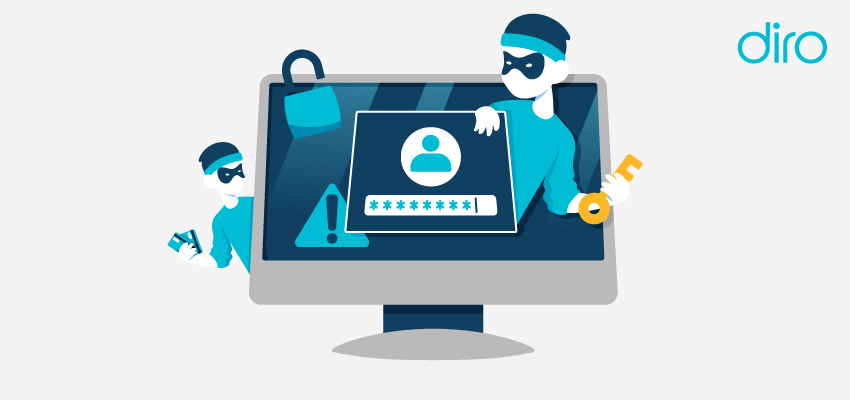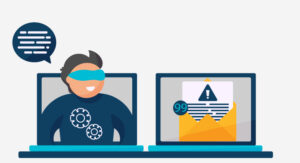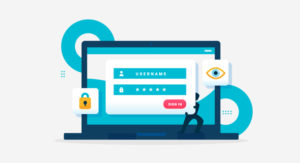Fraud-as-a-Service: The New Dark Web Service & How ID Verification is Preventing It?

The dark web is the home to a range of fraudsters. The majority of cybercrimes, financial frauds, and more can be traced back to the dark web in one way or another. This also includes Fraud-as-a-Service (FaaS) platforms that offer phishing kits, fraud kits, stolen credentials, and other tools to conduct fraud. With these tools in hand, inexperienced fraudsters can easily exploit the vulnerabilities in the system.
India has recently become a prime target of FaaS. The rapid rise of digital payments, mobile banking, and online financial services has become a breeding ground for fraudsters.
In this guide, we will break down Fraud-as-a-Service and how Identity Verification is fighting back against it.
What is Fraud as a Service (FaaS)?
Fraud as a Service (FaaS) is a dark web economy where cybercriminals offer pre-packaged fraud tools and services for hire. These offerings make it easy for less technically skilled criminals to launch sophisticated fraud campaigns.
Common FaaS offerings include:
- Fake ID generators
- Stolen identity databases
- Credential stuffing tools
- Deepfake creation services
- Phishing kits and malware delivery tools
FaaS has lowered the barrier to entry for cybercrime, increasing the frequency and complexity of attacks. This trend reinforces the need for businesses to adopt layered fraud prevention strategies and stay up to date with threat intelligence.
How ID Theft is Powering the FaaS Ecosystem?
ID theft is the primary pillar of support for the FaaS economy. Fraudsters use fake or stolen identities to scam financial institutions, open fake accounts, and commit other crimes. All these identities are often pieced together from stolen data, collected through phishing scams, data breaches, or social engineering.
Fraudsters are leveraging stolen identities to:
- Open fake bank accounts
- Apply for loans and credit cards
- Conduct unauthorized transactions
- Create synthetic identities
The impact of these kinds of fraud is that they leave huge financial losses for individuals and businesses. Victims end up facing months of stress trying to recover from the losses of financial fraud. This slows down the adoption of innovative financial services and leaves fintech platforms, mobile wallets, and other digital banking tools.
Stronger KYC is the First Line of Defense Against Identity Theft
Stopping identity theft starts with modernizing Know Your Customer (KYC) processes. Traditional KYC methods—many of them still manual—simply can’t keep up with today’s rapidly evolving fraud tactics. That’s where advanced ID verification technologies come in, delivering real-time detection and analytics to stay ahead of bad actors.
- Deepfake Detection: Identifies and blocks AI-generated documents and digitally manipulated images.
- Biometric Authentication: Confirms user identity with facial recognition and liveness detection.
- Fraud Pattern Analysis: Leverages AI to flag suspicious behavior and highlight high-risk accounts.
- Serial Fraud Monitor (SFM): Detects synthetic identities and recurring fraud attempts by analyzing document metadata and biometric data.
These technologies have helped organizations around the world prevent:
- Fraudulent account openings
- Use of synthetic or stolen identities during onboarding
- Financial losses from undetected fraud
What’s Next?
To combat the rise in digital fraud, financial institutions, fintech platforms, and digital service providers should:
- Invest in advanced identity verification to improve KYC accuracy and compliance.
- Train teams to detect and respond to modern fraud tactics.
- Collaborate with technology partners to build proactive, scalable fraud defense systems.
The future of digital security hinges on automation, intelligence, and collaboration. Stopping fraud isn’t a one-time task—it’s an ongoing battle against a rapidly evolving threat landscape.













